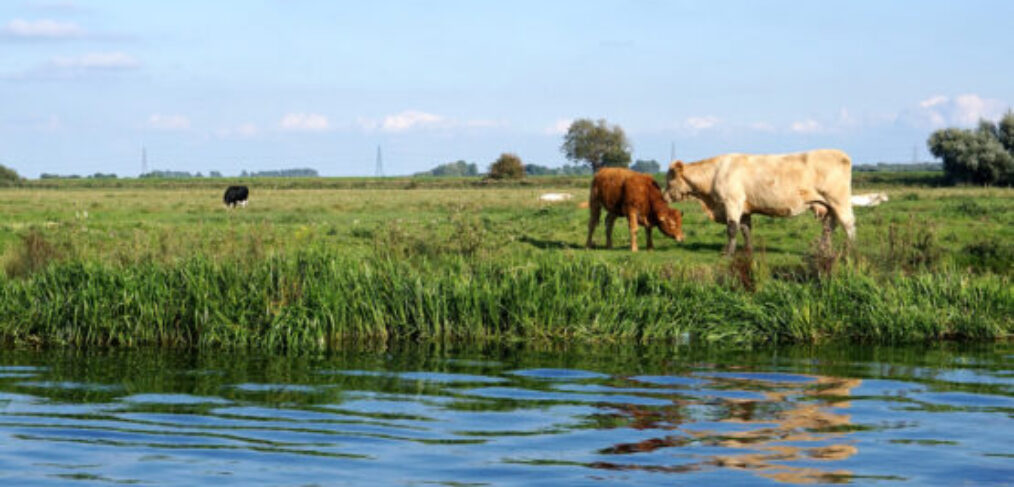Grass Fed… AND FINISHED!!

When we go food shopping, there are lots of things to keep in mind, well above what is on your grocery list.
Perhaps we look for the word ‘organic’, the label ‘gluten-free’, the food we feel might be the healthiest, not to mention what the cost is.
Granted, in today’s world where time feels limited and perhaps budget does, too, it can begin to feel overwhelming when we add in confusion of the whole labeling conversation.
Let’s take a look at just one of many of these hot topics:
Grass fed.. and finished meat.
Many have at least heard of grass-fed and may have an idea of what it means, but when it comes to the ‘and finished’ part, often times the jaw drops and the face goes blank.
Firstly, this is no fault of the consumer; keep in mind that food labeling is misleading, and intentionally so.
Seeing the words ‘organic’ and ‘grass fed’ on a package of ground beef at your local grocery store with a cartoon of a cow on the label can present as though it’s a great option, for you, the animals, the planet and your wallet.
And maybe it is… but maybe it isn’t.
Here’s what you need to know in order to make the most informed choice:
- Per the USDA, grass fed means: “The diet shall be derived solely from forage consisting of grass (annual and perennial), forbs (e.g., legumes, Brassica), browse, or cereal grain crops in the vegetative (pre-grain) state. Animals cannot be fed grain or grain byproducts and must have continuous access to pasture during the growing season.” (1)
- Meat that is labeled organic but not grass fed can lead to confusion too; The main difference in the organic label vs. the grass fed label on beef is that organic is specifically referring to the ways that the cattle cannot be raised. Organic means that the cattle may not be raised in feedlots for extended periods of time, and cannot be over-crowded or kept in dirty or unsanitary conditions (2). (Notice the ‘ for extended periods of time’ portion).
- If you’re not finding grass fed and finished beef, there’s an easy reason why: only 4% of beef produced in the USA is Grass-Fed, and raised on pasture. Intensive feedlot operations or CAFOss are the preferred methods of producing beef in the US. Australia has more Certified Organic land than any country in the world, and is the largest farm producer of Organic Beef in the world (3).
- Grass-fed beef, which is the product of cows who spent their whole lives grazing on grass, can cost as much as $4 more per pound. That’s because it takes longer for grass-fed cattle to reach their processing weight on all all-grass diet (4). Another illustration of cash being the bottom dollar for many outfits, superseding living conditions for the cows and subsequent negative impact on the environment as well as the people who consume the meat.
- Grass-finished beef comes from cattle that ate nothing but grass and forage for their entire lives. Grass-fed, on the other hand, may be used to label meat from cattle that were started on a grass diet but have either received supplemental grain feed or are finished on a fully grain-based diet. In fact, many “grass-fed” cows spend the last few months of their lives eating grain in feedlots to help them quickly gain weight (5).
- Grass-finished beef has higher overall nutritional value. Why? Part of it has to do with the nutrients grass-finished beef has more of. Grass finished beef can have up to five times the amount of Omega 3 fatty acids that grain-finished beef has, and double the amount of Conjugated Linoleic Acid (CLA) (6).
- Gras finished beef can boost the nutrient content and flavor of livestock and plants. And because grasses trap atmospheric carbon dioxide, the grass-fed system can also help fight climate change. But it does require more land to produce the same amount of meat (7). Which is exactly why we need not only to source properly but eat smaller portions! Bring on the veggies and the natural fat!
Ask the questions. If the grocery manager stares at you blankly when you ask if something is grass finished, go one step further and research the brand you’re considering purchasing.
A company who is doing this the right way will be proud of this (as they should be) and will be fully transparent.
Better yet head to your local farmer’s market and speak with the ranchers themselves.
Can’t find what you’re looking for locally? One great resource is Eat Wild (8).
Eatwild.com is now the #1 clearinghouse for information about pasture-based farming and features a state-by-state (plus Canada) directory of local farmers who meet Eatwild’s criteria and sell their products directly to consumers. Many can also ship or deliver their products to you.
Shopping locally, educating ourselves, buying small amounts of properly sourced proteins along with in season produce and keeping it as simple as we can are all crucial steps not only in creating the healthiest options for ourselves and our families, they are essential in making change on a greater scale.
The most impactful way to use our voices is to simply not support inhumane farming.
Each choice we make may seem small on its own, but imagine the possibilities as we all come together in unity for a healthier planet, healthier, humanely treated animals, healthier humans, less of an economic weight due to pretend food -induced illness… the list goes on and on.
Let’s do this!!
- https://www.ams.usda.gov/sites/default/files/media/Grass%20Fed%20FAQ.pdf
- https://certifiedhumane.org/meat-labels-like-organic-grass-fed-actually-mean-whether-care/
- https://www.southernliving.com/food/meat/difference-between-grass-fed-and-grain-fed-beef
- https://extension.sdstate.edu/grass-fed-beef-market-share-grass-fed-beef
- https://www.verdefarms.com/blog/what-is-the-difference-between-grass-fed-and-grass-finished-beef/
- https://rafterwranch.net/grass-finished-beef-vs-grain-finished-beef-whats-difference/
- https://www.npr.org/sections/thesalt/2019/08/13/746576239/is-grass-fed-beef-really-better-for-the-planet-heres-the-science
- https://www.eatwild.com/





